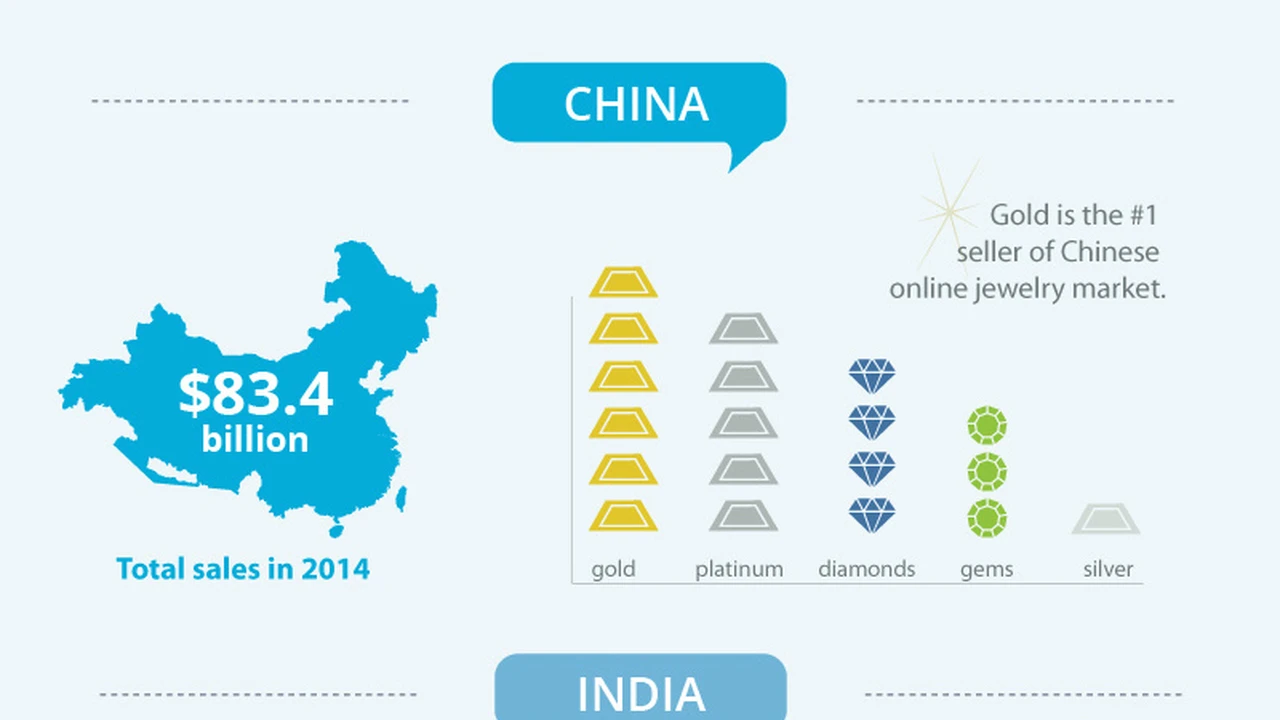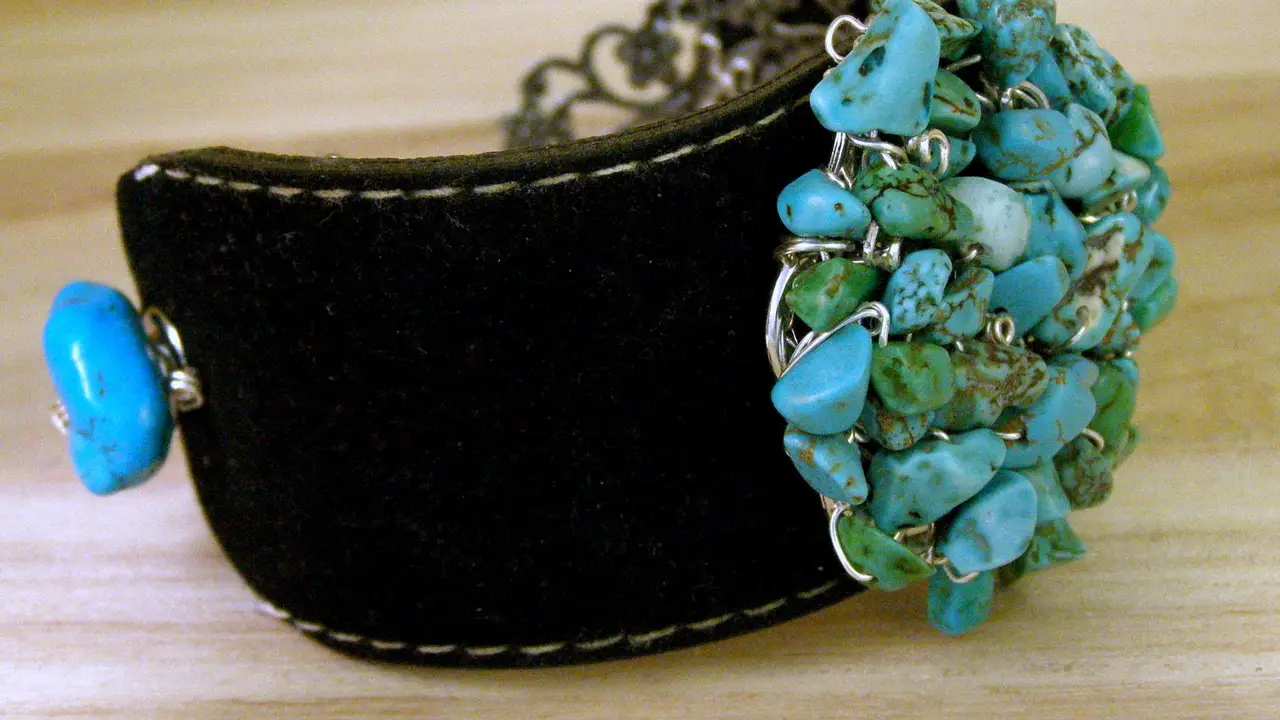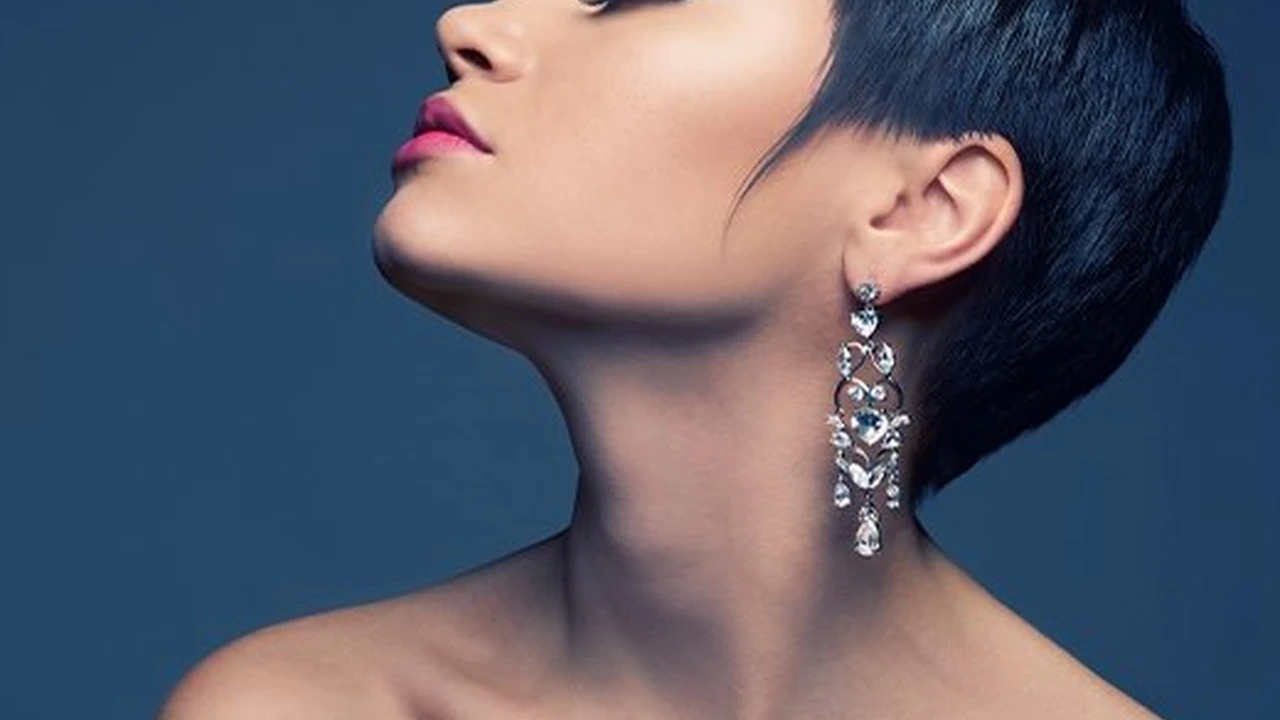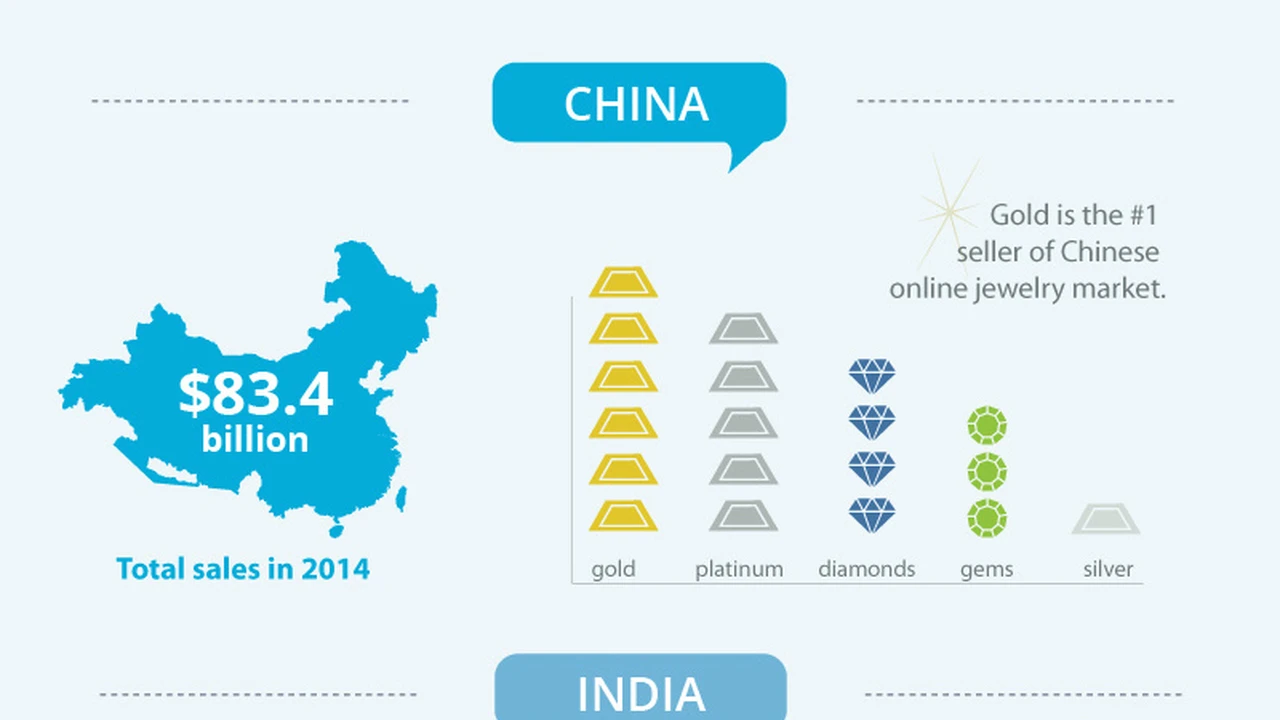Jewelry Care Caring for Pearl Jewelry A Delicate Approach
Learn how to care for pearl jewelry with a delicate approach. Understand the unique needs of pearls and how to maintain their luster.

Understanding the Delicate Nature of Pearls
Pearls, unlike diamonds or other gemstones, are organic gems. They are formed within the soft tissue of a living shelled mollusk. This organic nature makes them particularly susceptible to damage from chemicals, acids, and even everyday substances like perspiration. Understanding this vulnerability is the first step in providing proper care.
The Enemies of Pearls What to Avoid
Several substances can harm your pearls. These include:
- Cosmetics and Perfumes: Sprays and lotions can dull the luster of pearls. Always apply these before putting on your pearl jewelry.
- Household Cleaners: Harsh chemicals found in cleaning products can erode the pearl's surface. Remove pearl jewelry before cleaning.
- Chlorinated Water: Swimming pools and hot tubs contain chlorine, which can damage pearls over time.
- Perspiration: Sweat contains acids that can affect the pearl's nacre (the iridescent coating). Wipe your pearls gently after wearing them.
- Extreme Temperatures and Humidity: Avoid storing pearls in direct sunlight or excessively humid environments, as this can cause them to dry out or discolor.
Gentle Cleaning Techniques for Pearl Jewelry
The key to cleaning pearls is gentleness. Here's a simple and effective method:
- Use a Soft Cloth: After each wearing, wipe your pearls with a soft, clean, and slightly damp cloth. This removes any surface dirt or oils.
- Mild Soap and Water (Occasionally): If your pearls need a deeper clean, use lukewarm water and a very mild soap (like baby shampoo). Dip the cloth in the soapy water, wring it out thoroughly, and gently wipe the pearls.
- Rinse Carefully: Rinse the pearls with a clean, damp cloth to remove any soap residue.
- Dry Thoroughly: Lay the pearls flat on a soft cloth to air dry completely before storing them. Avoid hanging them, as this can stretch the silk thread.
Proper Storage for Pearl Longevity Protecting Your Investment
How you store your pearls is just as important as how you clean them. Consider these storage tips:
- Store Separately: Keep your pearls separate from other jewelry to prevent scratches. A soft pouch or jewelry box with individual compartments is ideal.
- Avoid Airtight Containers: Pearls need to breathe. Avoid storing them in airtight containers or plastic bags, which can trap moisture and cause discoloration.
- Lay Flat: When possible, lay pearl necklaces flat to prevent stretching the silk thread.
Re-stringing Pearl Necklaces and Bracelets Maintaining Security
Pearl necklaces and bracelets are typically strung on silk thread. Over time, this thread can weaken and stretch, increasing the risk of breakage. It's recommended to have your pearl strands re-strung every one to two years, depending on how often you wear them. A professional jeweler can also check for loose knots and ensure the pearls are securely fastened.
Specific Product Recommendations and Usage Scenarios
Let's look at some specific pearl jewelry pieces and how to care for them, including potential pricing (prices are approximate and can vary based on pearl quality, size, and metal used):
Akoya Pearl Necklace Classic Elegance
Product: A classic Akoya pearl necklace, 18 inches long, with 7-7.5mm pearls and a sterling silver clasp.
Usage Scenario: Perfect for formal events, weddings, or adding a touch of sophistication to everyday outfits.
Care: Wipe with a soft cloth after each wearing. Avoid wearing while exercising or swimming. Re-string every 1-2 years.
Price: $300 - $800
South Sea Pearl Earrings Statement Pieces
Product: South Sea pearl stud earrings, 10-11mm, set in 14k white gold.
Usage Scenario: Ideal for making a statement at special occasions or adding a touch of luxury to professional attire.
Care: Wipe with a soft cloth after each wearing. Avoid contact with hairspray and perfumes.
Price: $800 - $2000
Freshwater Pearl Bracelet Casual Chic
Product: A freshwater pearl bracelet, multi-strand, with irregular shaped pearls and a magnetic clasp.
Usage Scenario: Great for adding a casual, chic touch to everyday outfits. Can be layered with other bracelets.
Care: Wipe with a soft cloth after each wearing. Be mindful of the magnetic clasp, as it can attract dirt and debris.
Price: $50 - $150
Tahitian Pearl Pendant Mysterious Beauty
Product: A Tahitian pearl pendant, 9-10mm, with a black rhodium-plated silver setting and a delicate chain.
Usage Scenario: Adds a touch of mystery and elegance to evening wear. Can be worn alone or layered with other necklaces.
Care: Wipe with a soft cloth after each wearing. Avoid wearing while showering or bathing.
Price: $400 - $1200
Comparing Pearl Types Akoya vs South Sea vs Freshwater vs Tahitian Pearls
Each type of pearl requires similar care, but understanding their differences can help you appreciate their unique qualities:
- Akoya Pearls: Known for their classic round shape, high luster, and white or cream color. More sensitive to chemicals.
- South Sea Pearls: Larger and more lustrous than Akoya pearls, with a creamy white or golden color. More resilient due to thicker nacre.
- Freshwater Pearls: More affordable and come in a wider variety of shapes and colors. Can be more porous and susceptible to damage.
- Tahitian Pearls: Known for their dark, iridescent colors ranging from gray to black to green. Relatively durable but still require gentle care.
Professional Cleaning and Inspection When to Seek Expert Help
While you can clean your pearls at home, it's a good idea to have them professionally cleaned and inspected every few years. A professional jeweler can assess the condition of the pearls, tighten loose knots, and re-string the strand if necessary. They can also use specialized cleaning solutions and techniques to restore the pearl's luster without damaging the nacre.
:max_bytes(150000):strip_icc()/277019-baked-pork-chops-with-cream-of-mushroom-soup-DDMFS-beauty-4x3-BG-7505-5762b731cf30447d9cbbbbbf387beafa.jpg)






